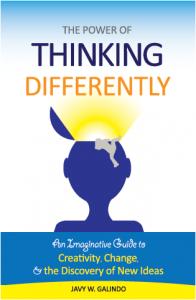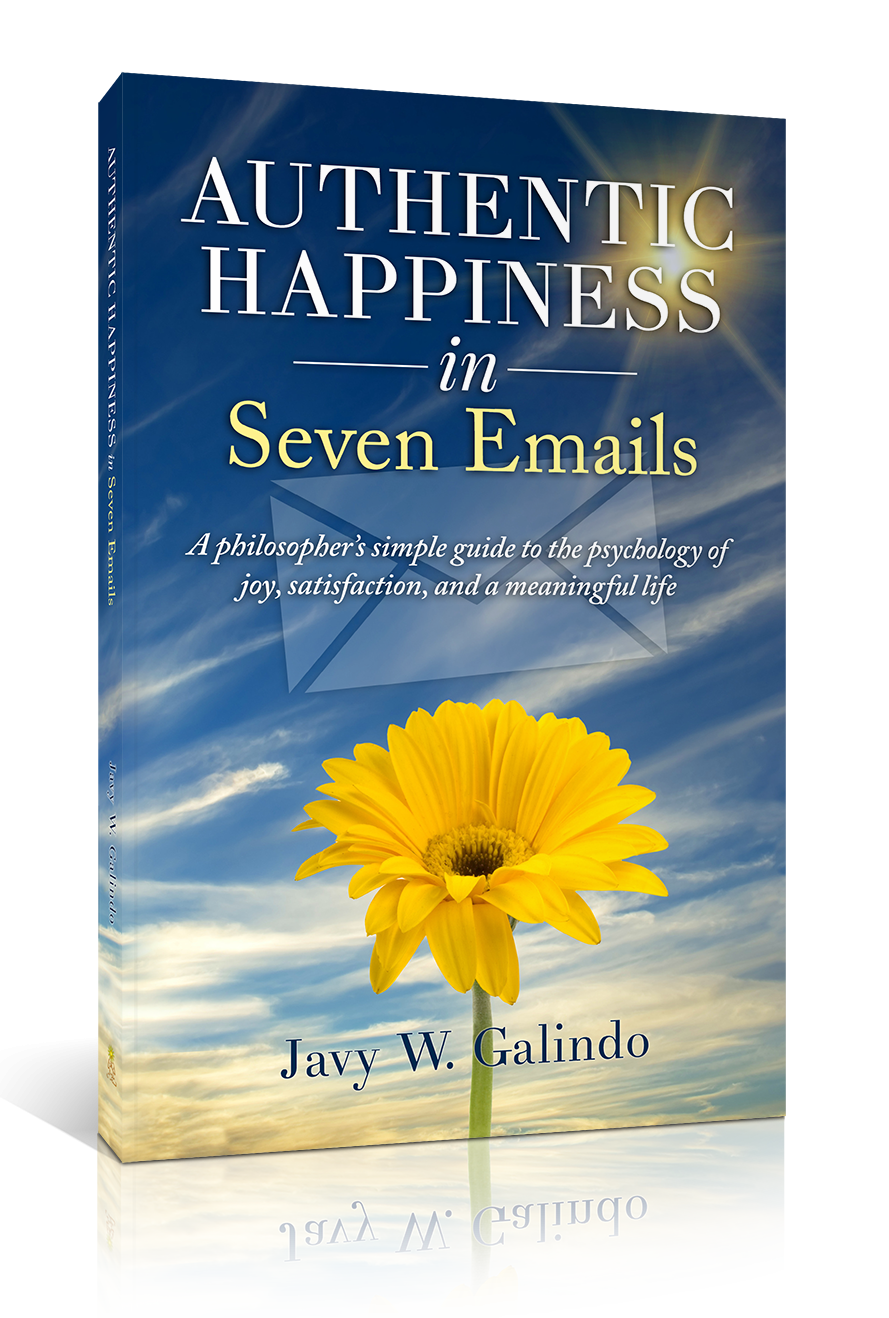
Courtesy of http://www.flickr.com/photos/27316384@N07
This valentine’s day, I posed the following question on Facebook that was meant to demonstrate how our ability to see alternatives and choices is often limited by our habitual thinking patterns:
On a stormy Valentine’s night you are driving down the road in your two-seat car when you pass by a bus stop and see three people waiting for the bus.
An old, fragile lady.
A close friend who once saved you from impending death.
The romantic partner you have been dreaming about all of your life.Knowing that there can only be one passenger in your car, whom would you choose?
Just like the stress of driving on a stormy day, our days are often filled with the stress of what we call “ordinary living.” This stress has conditioned us to react quickly – to perceive habitually – in order to lessen the burden of our cognitive faculties.
The result is that we often don’t see all the possibilities that are available to us when dealing with our everyday problems.
There are always other ways of approaching a problem. There are always choices in our lives that lay hidden. What may seem like a no win situation may in fact be a win-win, if we only knew found the right lens to view it.
For example, one approach to the above puzzle is to give your car keys to your good friend so that she/he could give the older lady safe passage, while you try to provide good company to your dream partner while you both wait for the bus.
Can you think of others?



